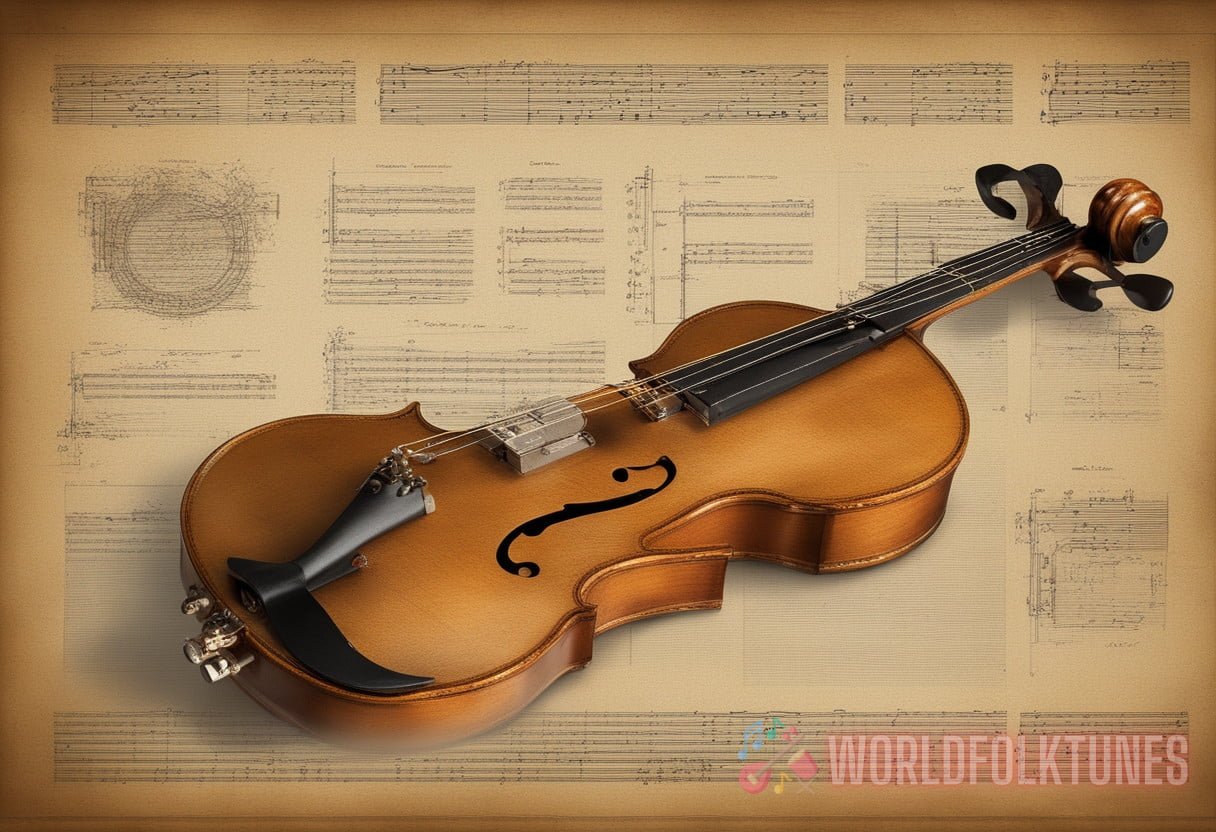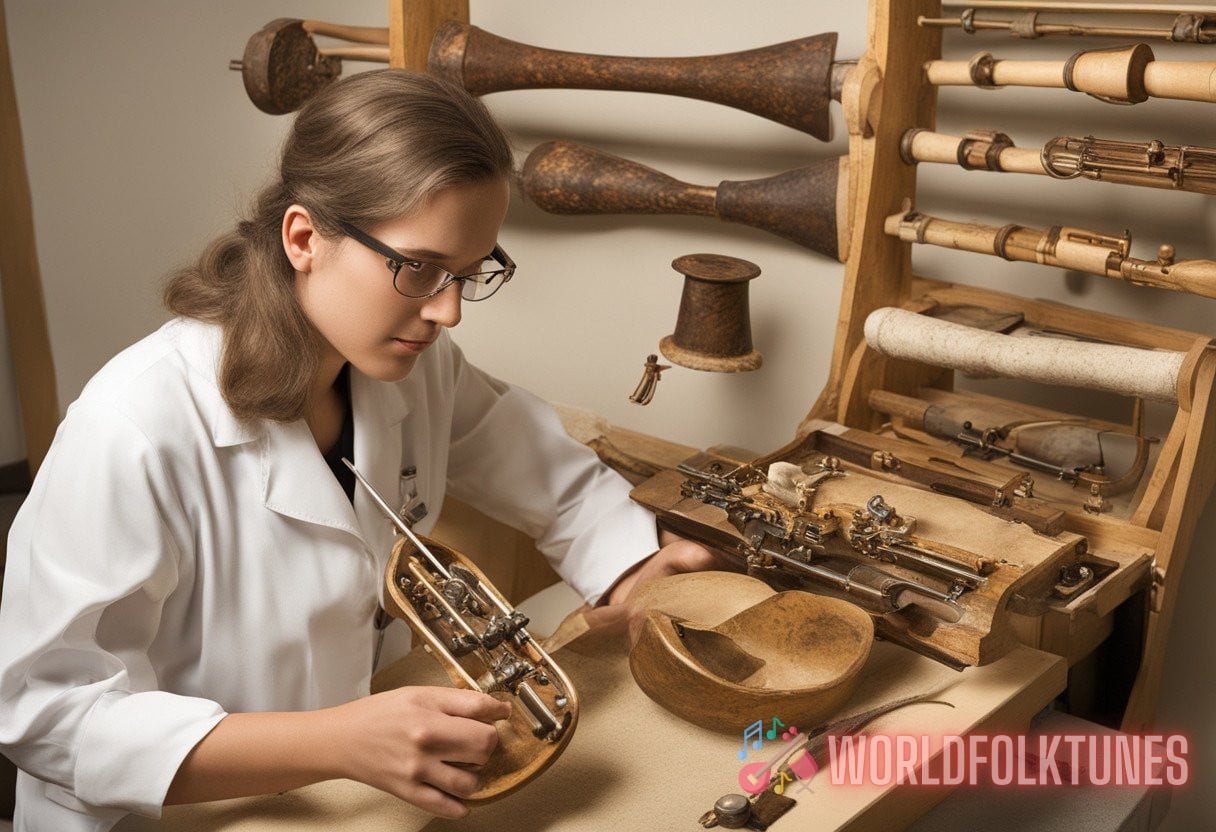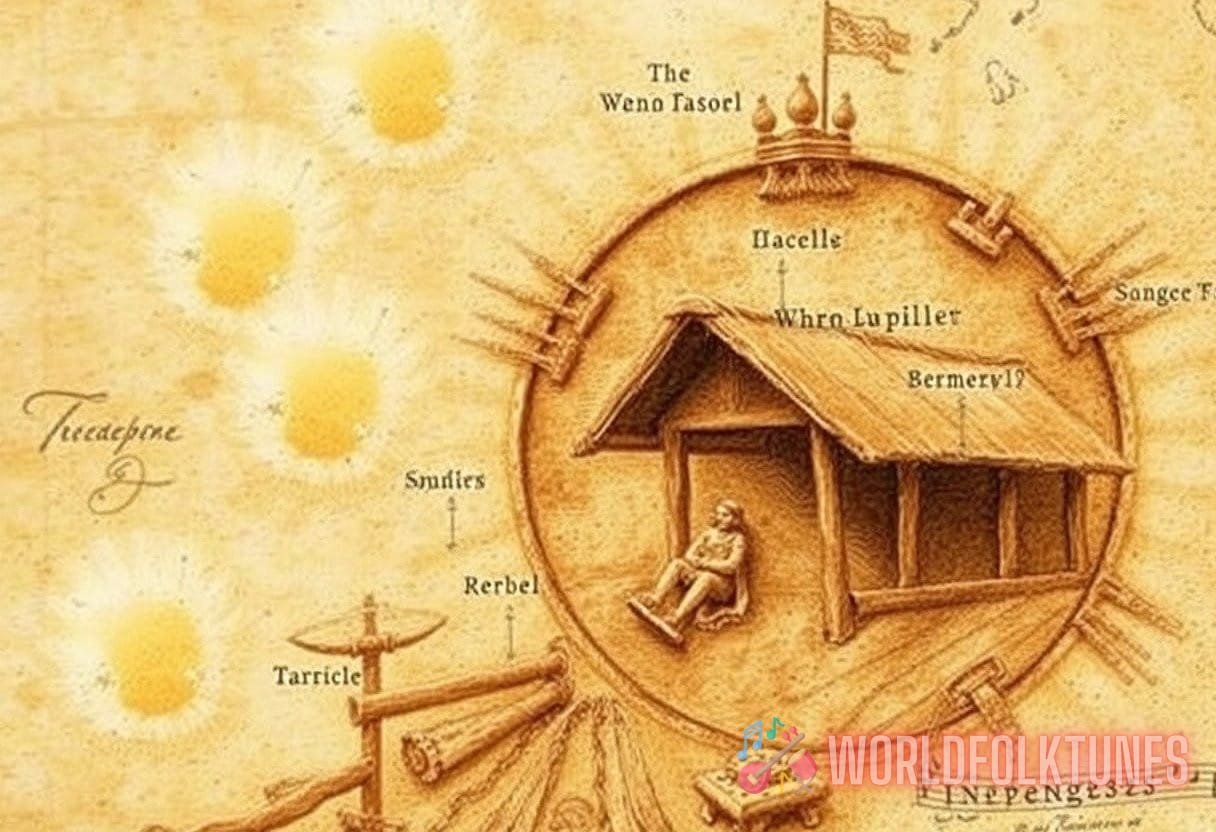Rediscovering Antiquity’s Symphony: Scientific Insights into Lost Musical Instruments
In the realm of music, the history of lost instruments from antiquity resonates with a profound mystery. The intricate soundscapes created by ancient civilizations have largely dissipated into the sands of time. However, modern scientific methodologies have begun to unravel these acoustic enigmas, bringing a renewed understanding of how our ancestors created their symphonic masterpieces. In this article, we will delve deeply into the scientific journey of rediscovering antiquity’s symphony.
Overview of Ancient Musical Instruments
The variety of musical instruments played across ancient civilizations was vast and intricate. From the lyres of Mesopotamia to the aulos of Greece, each culture cultivated unique sounds that were integral to their societal and ceremonial practices.
These instruments were often made with materials available in their natural surroundings, such as wood, bone, and reeds. The study of these relics provides invaluable insights into the technology and artistry of ancient times. Exploring this topic enables us to appreciate the cultural significance and inventiveness of ancient musicians.
Scientific Techniques in Restoration and Understanding
Archaeological Excavation and Study
Archaeologists play a pivotal role in uncovering ancient musical instruments. Utilizing precise excavation techniques, they carefully unearth remnants of these instruments from ruins and burial sites. Fragile components, often made of organic materials, require meticulous handling and conservation. Radiocarbon dating assists in determining the age, while contextual evidence, such as inscriptions and artistic depictions, helps identify the cultural and temporal origin.
Analytical Techniques
Advanced scientific tools such as 3D scanning, X-ray tomography, and electron microscopy allow researchers to analyze the microstructure of ancient musical instruments. These techniques facilitate the reconstruction of instruments by providing detailed measurements and revealing the materials used in their construction.
Acoustic Analysis
The study of acoustics is integral to understanding how ancient instruments sounded. Researchers create digitally modeled reconstructions to simulate the sound production mechanisms. This involves meticulous analysis of the shape, size, and material properties of the instruments. Acoustic engineers utilize computer simulations to recreate the sound environment of ancient performances, offering auditory insight into the musical heritage of bygone eras.
Reconstructing Ancient Musical Instruments
Reconstruction of ancient musical instruments is both an art and a science. It involves a multidisciplinary approach that encompasses archaeology, materials science, and musicology. Here are some notable examples:
The Greek Lyre
The Greek lyre, an apparatus of great cultural importance, has been meticulously studied and reconstructed. Utilizing detailed descriptions found in ancient texts and depictions in art, along with surviving fragments, researchers have successfully recreated the lyre.
These reconstructions involve determining the exact materials—usually tortoiseshell and animal gut strings—and the acoustical properties of these materials. Link to an article exploring unconventional folk instruments for related studies.
The Egyptian Sistrum
The sistrum, a musical rattle used in ancient Egypt, has been reconstructed using detailed studies of extant samples and depictions in hieroglyphs. The instrument’s unique design, featuring a metal frame and jingling crossbars, has been analyzed through a combination of historical records and experimental archaeology. Reconstruction efforts have considered the material composition, ergonomics, and acoustical properties inherent to the sistrum’s design.
Scientific Contributions to Understanding Ancient Music

Through the scientific study and reconstruction of ancient musical instruments, we gain a richer understanding of ancient cultures and their respective soundscapes. These insights encompass several aspects:
- Cultural Significance: Musical instruments were often integral to religious and social ceremonies, reflecting the values and beliefs of the civilizations.
- Technological Innovations: The craftsmanship involved in creating these instruments showcases the ingenuity and technological advancements of ancient peoples.
- Cross-Cultural Influences: Studying the spread and evolution of musical instruments reveals how cultures influenced each other through trade and conquest.
Case Study: The Aulos of Ancient Greece
The aulos, a reed instrument prominent in ancient Greece, presents a compelling case study. The instrument’s unique dual-pipe design was capable of producing complex polyphonic melodies. Modern reconstructions, based on archaeological findings and ancient texts, have provided insight into its construction and performance techniques.
Studies involve replicating the materials, including carefully selected reeds, wood, and bronze, and understanding their acoustic properties. For a deep dive into similar obscure historical instruments, refer to an article available at World Folk Tunes.
Modern Reconstructions and Performances
Numerous modern musicians and researchers are dedicated to reviving the sounds of lost instruments through reconstruction and performance. Organizations and academia collaborate to recreate these ancient sounds, bringing them to contemporary audiences.
Academic Projects and Institutions
Universities and research institutions worldwide have established projects focused on ancient music. These projects combine archaeological findings with modern technology to recreate and study ancient instruments.
Public Performances
Many modern ensembles and musicians now perform using reconstructed instruments. These performances not only educate but also allow audiences to experience the music of antiquity first-hand. Such endeavors bridge the gap between the past and the present, fostering a greater appreciation for our shared musical heritage.
Challenges and Future Directions
While significant progress has been made, several challenges remain in the field of ancient musical instrument reconstruction. Chief among these is the scarcity of surviving artifacts and the inevitable gaps in historical knowledge.
Future research aims to overcome these challenges through the continued integration of advanced technologies and interdisciplinary collaboration. Further exploration may reveal more about the lost symphonies of antiquity, offering deeper insights into the musical soul of our ancestors.
Conclusion
The process of rediscovering antiquity’s symphony through scientific insights into lost musical instruments is a fascinating journey that combines artistry, science, and history. As modern technologies advance, our ability to decode and revive the sounds of ancient cultures continues to grow.
The rediscovery of these instruments not only enriches our understanding of past civilizations but also inspires contemporary music and cultural heritage preservation. The symphony of antiquity, once lost to time, sings anew through the dedication and innovation of today’s researchers and musicians.
For further reading on obscure historical instruments and unconventional folk instruments, visit the articles at Obscure Historical Instruments and Melodic Mysteries.



